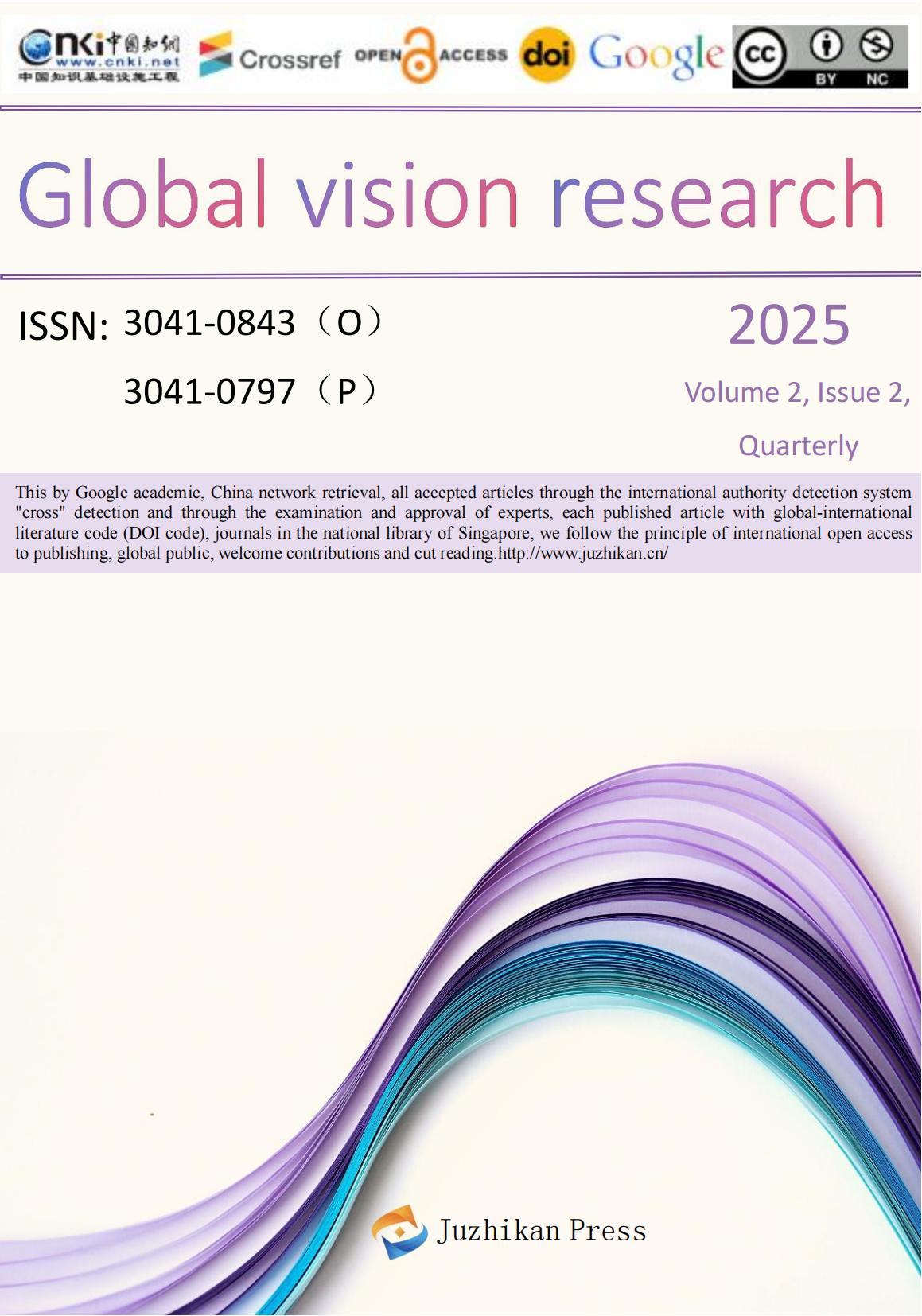
 info@juzhikan.asia
info@juzhikan.asia
 info@juzhikan.asia
info@juzhikan.asia
The Interrelationship between Eliot’s “Objective Correlative,” the Symbolist’s “Symbol,” and the Imagist’s “Image”
ZhangJianing
Xi’an International Studies University,Shaanxi Province, Xi’an City,710128;
ABSTRACT:T.S. Eliot’s concept of “objective correlative”, the Symbolist’s “Symbol”, and the Imagist’s “Image” are three important concepts in 20th-century modernist poetry theory. Although their essences differ, all three play significant roles in the expression of emotion, the construction of poetic form, and the innovation of modern poetic language. T.S. Eliot’s theory of the “objective correlative” emphasizes expressing inner emotions through concrete objects. Symbolist poetry, on the other hand, explores the potential of language through symbols and metaphors to convey ambiguity and complex emotions. Imagist strives to convey the immediacy of emotions through simple, direct sensory images. While each of these concepts is distinctive, there are numerous similarities and connections among them, particularly in the context of modernist literature, where they collectively contributed to the innovation and development of poetry. This paper will focus on the similarities and differences among these three concepts, analyzing how they influence and merge with each other in terms of form and function.
Keywords:T.S. Eliot; Objective Correlative; Symbol; Image
Reference
[1]Baudelaire, Charles. The flowers of evil. OUP Oxford, 2008.
[2]Eliot, Thomas Stearns. The sacred wood and major early essays. Courier Corporation, 1997.
[3]Eliot, Thomas Stearns. The Waste Land. Grolier Club, 1964.
[4]Eliot, Thomas Stearns. Tradition and the individual talent. Perspecta, 1982.
[5]Masters, Jessica. "Ezra Pound’s Imagist theory and TS Eliot’s objective correlative." ANU Undergraduate Research Journal 7 (2015): 87-100.
[6]Jones, Ernest. "The theory of symbolism." British Journal of Psychology 9.2 (1918): 181.
[7]Pound, Ezra. In a Station of the Metro. Poetry, 1913.
[8]Reeves, Gareth. TS Elliot’s The Waste Land. Routledge, 2017.